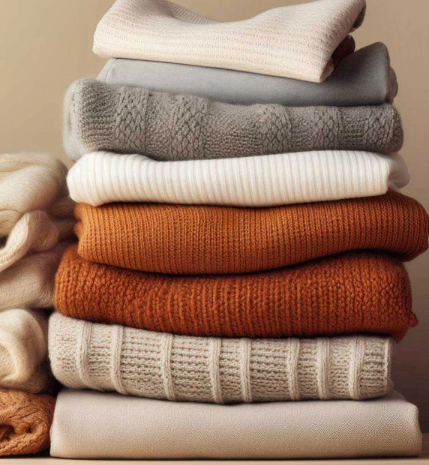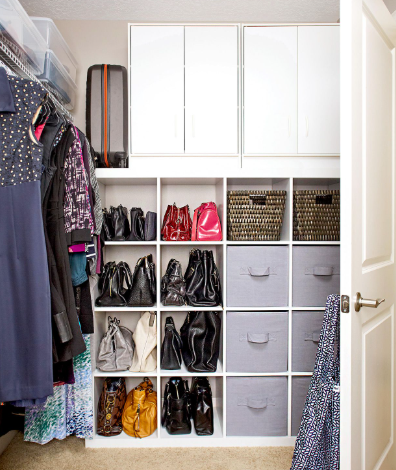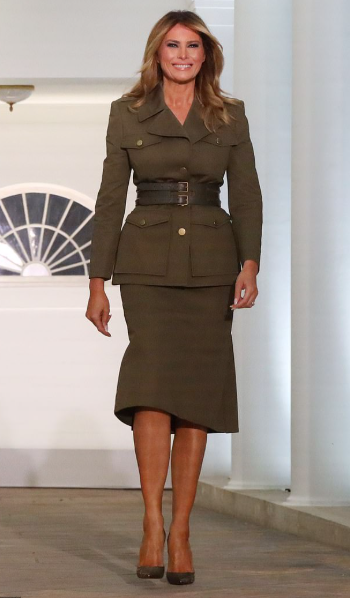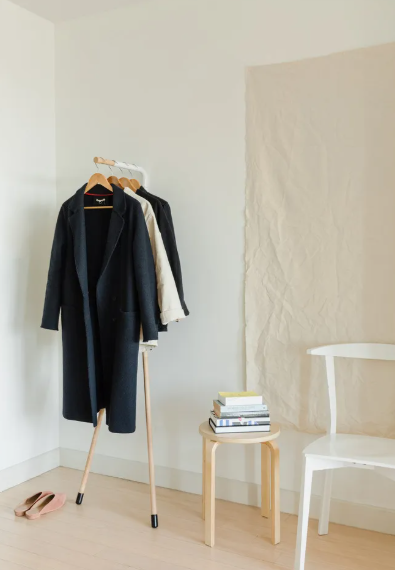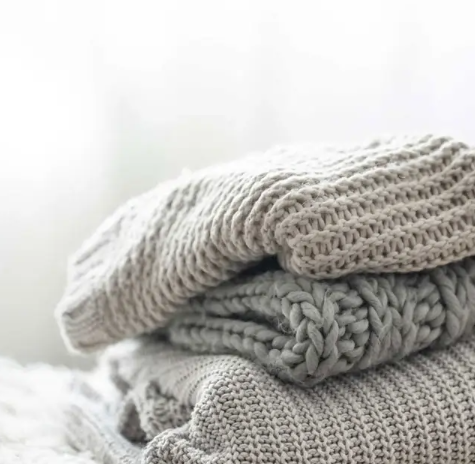
How to Store Knitwear Properly: Prevent Stretching and Distortion
Knitwear, with its soft and flexible fabric, is a wardrobe staple. However, its stretchiness makes it susceptible to losing shape if not stored correctly. Proper care and storage can help preserve the integrity of your knit garments, preventing them from stretching, distorting, or becoming misshapen over time. Here’s how to properly store your knitwear, ensuring it remains in excellent condition.
Why Knitwear Is Prone to Stretching and Distortion
Knitwear is made from interlocking loops of yarn, which gives it its unique elasticity. While this flexibility provides comfort, it also makes the fabric prone to stretching and distortion. Several factors contribute to this:
- Gravity: Hanging knitwear, particularly heavy garments, causes the fabric to stretch as gravity pulls on it.
- Moisture: When wet, the fibers of knitwear become more elastic, making it easier for garments to lose their shape.
- Improper Folding: Folding knitwear incorrectly or putting pressure on certain areas can lead to permanent creases or stretched-out sections.
Understanding these factors is key to preventing unwanted stretching and maintaining the shape of your knit garments.
Choosing the Right Storage Space for Knitwear
Selecting the ideal storage environment for knitwear is essential to preserving its shape. Knitwear is sensitive to both temperature and humidity, so a controlled environment is important. Consider these factors:
- Cool and Dry: Knitwear should be stored in a cool, dry location to prevent moisture build-up, which can lead to stretching or mildew. Avoid areas like basements or attics where humidity levels fluctuate.
- Clean and Pest-Free: Ensure the storage area is free of pests like moths, which can damage wool and other natural fibers. Using natural moth repellents like cedar blocks or lavender sachets can help keep your garments safe.
- Organized and Uncluttered: Overcrowding your storage area can cause your knitwear to be squashed, leading to creases and distortion. Keep the space organized for easy access and preservation.
Choosing a proper storage space is crucial in maintaining the structure and longevity of your knit garments.
Folding vs. Hanging: Which Is Better for Knitwear?
The debate between folding or hanging knitwear is common, but the best method depends on the garment:
- Folding: For most knitwear, folding is the best option as it prevents the garment from stretching under its own weight. When folding, be sure to fold gently to avoid creating deep creases. Consider folding garments loosely into thirds or quarters to avoid putting pressure on any part of the garment.
- Hanging: If you must hang your knitwear, use wide, padded hangers to ensure the weight of the garment is evenly distributed. Avoid thin wire hangers, as they can stretch the fabric at the shoulders, creating unsightly lumps.
Whenever possible, fold knitwear to maintain its shape and prevent long-term stretching and distortion.
Using Storage Containers and Bags
To protect your knitwear from dust, pests, and moisture, storage containers and bags are essential. However, selecting the right type of storage is important:
- Breathable Fabric Bags: Use breathable cotton or muslin bags for long-term storage. These bags allow airflow, preventing moisture buildup and protecting delicate fibers like wool and cashmere.
- Plastic Bins: If using plastic bins, make sure they are acid-free to prevent degradation of the fabric. Line the bins with tissue paper for extra protection and avoid direct contact between plastic and knitwear.
- Avoid Vacuum Sealing: While vacuum-sealed bags are great for saving space, they can compress knitwear, leading to distortion and creasing. Knitwear needs room to maintain its natural structure, so breathable bags or containers are the better option.
Choose storage solutions that offer both protection and ventilation to keep your knitwear in the best possible condition.
Preventing Stretching During Seasonal Storage
During off-seasons, your knitwear needs extra care to avoid damage. Here’s how to prevent stretching when storing garments for long periods:
- Fold and Layer: Fold garments loosely and layer them with tissue paper to help retain their shape. Store lighter garments on top of heavier ones to avoid weight-induced stretching.
- Use Shelf Dividers: When stacking knitwear on shelves, dividers help keep the items neatly separated and prevent them from becoming misshapen.
- Cedar Blocks or Sachets: To protect your woolen knitwear from moths, place cedar blocks or sachets in your storage area. They naturally repel pests without harmful chemicals.
By taking these precautions, you can preserve your knitwear’s shape while storing it long-term.
Maintaining Knitwear Shape During Washing and Drying
How you wash and dry your knitwear is just as important as how you store it. Follow these tips to keep your garments in good shape:
- Hand-Wash Delicate Knits: For delicate knitwear like cashmere or fine wool, hand-wash using cold water and a gentle wool detergent. Avoid excessive agitation, as this can stretch or tangle the fibers.
- Use a Gentle Machine Cycle: If you prefer machine washing, use the delicate or wool cycle, and place your garments in a mesh laundry bag to reduce friction.
- Dry Flat: After washing, reshape your knitwear and lay it flat on a towel to air dry. Avoid hanging it to dry, as the weight of the wet fabric can cause stretching. Do not wring or twist the garment, as this can distort the fabric.
- Steam Instead of Ironing: If your knitwear becomes wrinkled, use a handheld steamer instead of an iron. Ironing can flatten the texture of knit fabrics and lead to permanent distortion.
By following these washing and drying techniques, you can maintain the shape of your knitwear and prevent unwanted stretching or shrinkage.
Long-Term Storage Considerations for Knitwear
When storing knitwear long-term, it’s essential to keep a few key considerations in mind:
- Climate Control: Store knitwear in a climate-controlled environment with consistent temperature and humidity. A cool, dry closet or under-bed storage unit is ideal.
- Space and Ventilation: Ensure there’s enough room for your knitwear to breathe. Avoid overpacking storage containers, and provide proper ventilation to keep garments fresh.
- Layer with Tissue Paper: Place tissue paper between folded garments to help prevent creases and wrinkles.
- Regular Checks: Even when storing knitwear long-term, it’s a good idea to check on it periodically. Unfold and air out the garments, and refold them if necessary to maintain their shape.
By properly storing knitwear, you can ensure it stays in excellent condition and ready to wear when you need it.
Common Mistakes to Avoid When Storing Knitwear
Avoid these common mistakes to keep your knitwear in the best condition:
- Hanging Heavy Knitwear: Never hang heavy knit garments like sweaters or cardigans, as they will stretch over time. Always fold these items.
- Using Wire Hangers: Wire hangers can leave shoulder marks and stretch the fabric. Use padded hangers or fold the garment over the bar.
- Overpacking Storage Containers: Don’t cram too many garments into a container, as this can cause them to lose shape. Give your knitwear space to breathe.
- Ignoring Pest Prevention: Don’t forget to use natural moth repellents like cedar blocks or lavender sachets in your storage area.
By avoiding these common errors, you can ensure that your knitwear remains in top condition for years.
Conclusion
Storing knitwear properly is essential for maintaining its shape, softness, and longevity. By choosing the right storage methods, folding rather than hanging, and using breathable containers, you can prevent stretching, distortion, and damage. Taking the time to care for your knitwear through proper washing, drying, and storage will ensure that your garments remain in excellent condition for many seasons to come.

